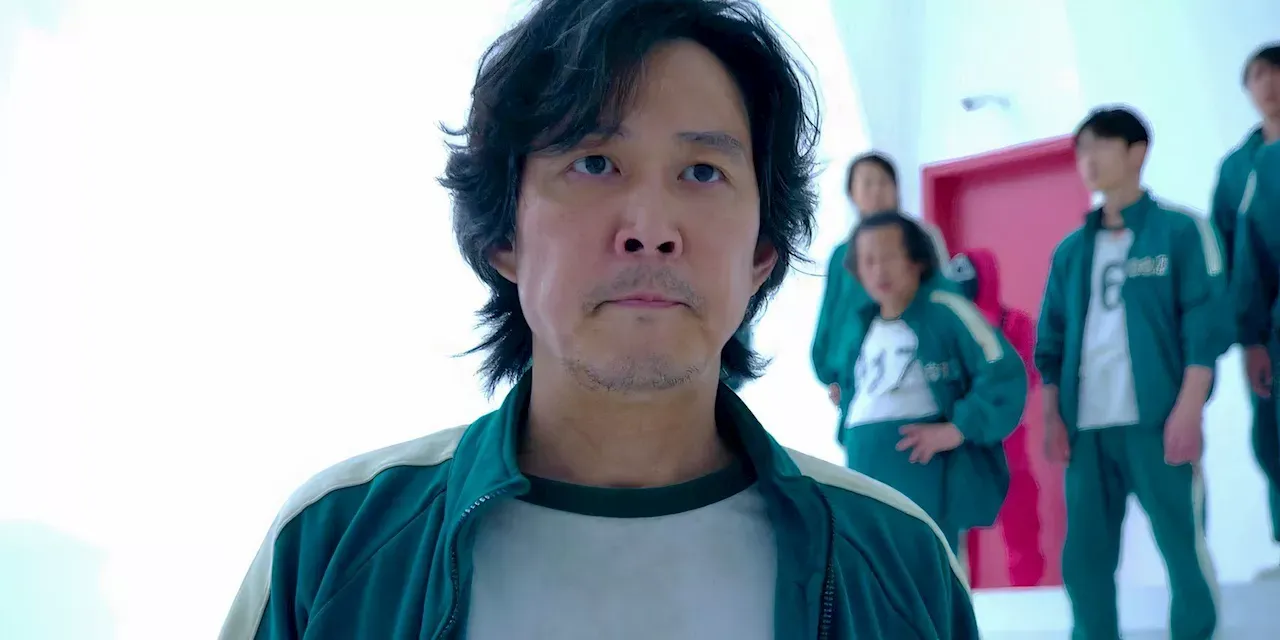M
Movie Outline
Discover top 10 categories
Let's explore the most popular categoriesYour Movie Obsession Just Got Deeper 🍿
Get ready for lively discussions, unique takes on your beloved movies and shows, and insider peeks at your favorite stars. Join the conversation.- 01Create a free account.
- 02Write your stories.


















